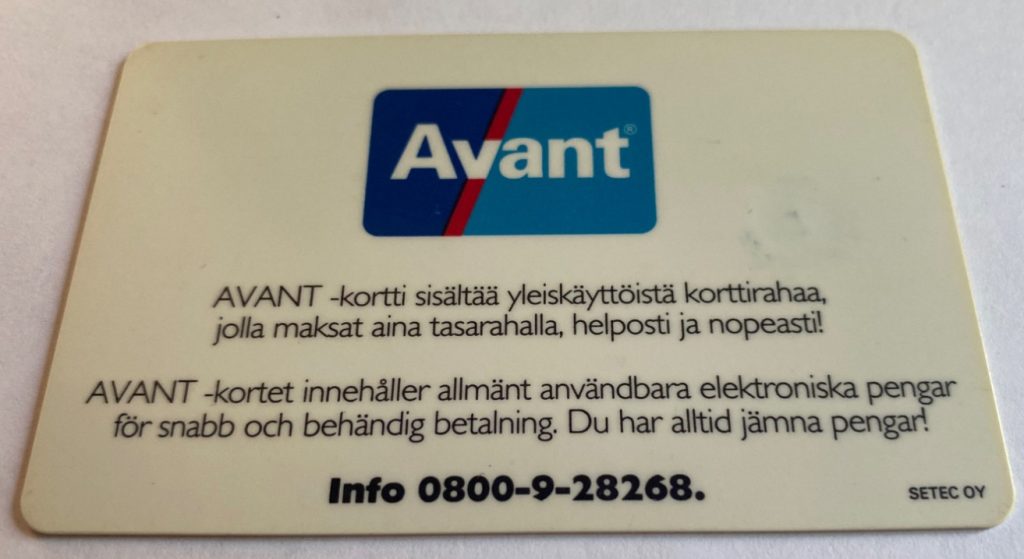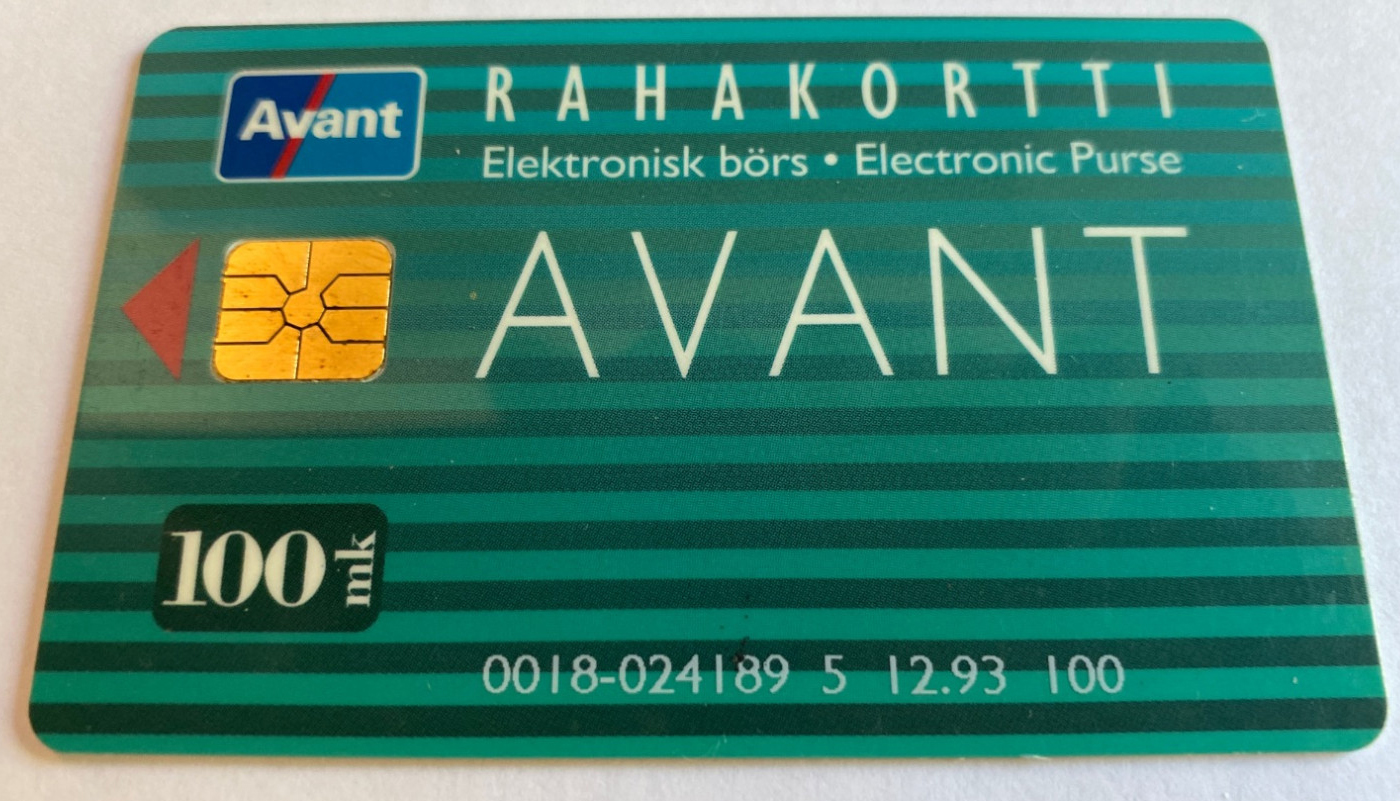Pioneering Finland
Finland made history in 1992 when it launched the Avant smart card system, a groundbreaking initiative that marked the very first incarnation of a retail central bank digital currency (CBDC). This innovative system, which operated within the framework of the EU’s e-money directive, introduced the concept of electronic money stored on a physical card.

Unlike modern CBDCs that will exist primarily in digital form, the Avant card was a physical token that held monetary value. Users could load funds onto their cards at ATMs or bank branches, and the stored value could then be used for a variety of retail transactions.
The Avant smart card system was a significant step forward in the development of electronic payment systems, demonstrating the potential of central banks to issue digital forms of currency. While the Avant card eventually fell out of use due to the rise of more widely adopted contactless payment solutions, it remains a landmark example of early CBDC innovation.

This pioneering endeavor from Finland highlights the importance of central banks exploring the potential of CBDCs as a means of enhancing the efficiency and security of payment systems and fostering financial inclusion. As the world continues to embrace digital technologies, central banks around the globe are increasingly recognizing the potential of CBDCs to play a pivotal role in the future of finance.



